Negative space drawings can be used to create stunning works of art with a minimalistic approach. Do you love the idea of creating beautiful images without having to use multiple complex elements? Then you’ll likely get excited about exploring the world of negative space drawing! This artistic practice focuses on capturing objects or figures within an overlooked or rarely noticed empty space– known as “negative” space– while paying close attention to how shapes interact with each other and help each other stand out. With this technique, it’s possible to create subtle depth in a composition, emphasizing its unique curves and lines – all without overwhelming your artwork itself. In this blog post we will dive deeper into what exactly is negative space drawing and explore several examples that demonstrate the possibilities of this innovative approach.
What Types of Space are Distinguished in Art?
There are several ways that space can be interpreted and represented in art, each with its own unique qualities and characteristics. Some of the most common types of space that are distinguished in art include:
1. Realistic Space
This type of space is often associated with realism and accurately depicts objects and scenes as they appear in the physical world. Artists use techniques such as perspective, shading, and scale to create a sense of depth and dimension in their work. Realistic space is often found in traditional forms of art, such as paintings and sculptures. [1]
2. Illusionistic Space
Illusionistic space refers to the depiction of three-dimensional objects on a two-dimensional surface, creating the illusion of depth and distance. This type of space relies heavily on techniques such as foreshortening, which creates the appearance of objects receding into the distance. It is commonly used in mediums like photography and film.
3. Abstract Space
Abstract space is a more subjective and conceptual interpretation of space in art. It often involves distorting or breaking away from traditional depictions of space, resulting in more non-representational and experimental pieces. Artists may use techniques such as fragmentation, collage, or geometric forms to create abstract space in their work.
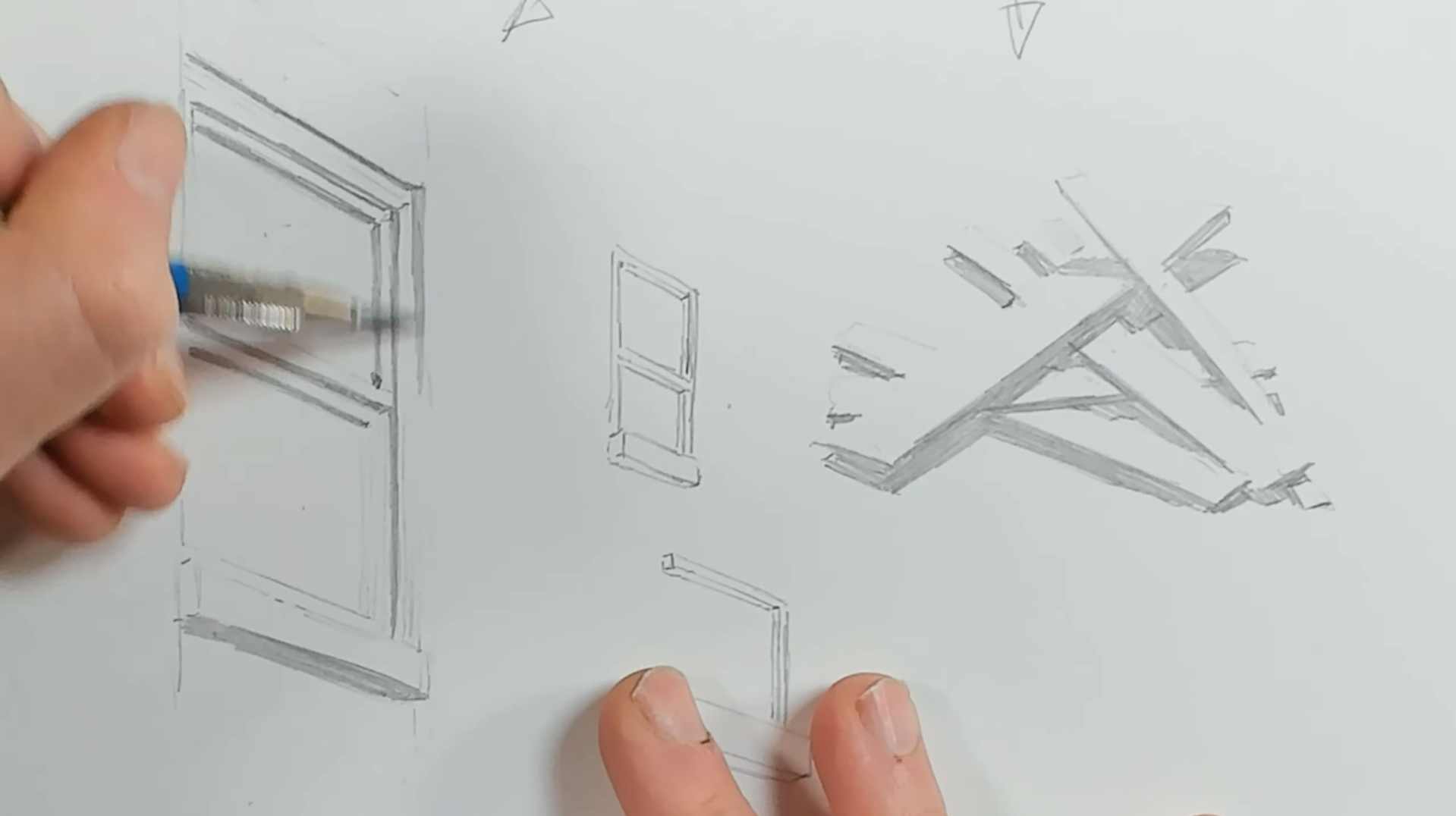
4. Negative Space
Negative space is the area around and between objects in a composition. While it may seem like empty or unimportant space, negative space plays a crucial role in creating balance, contrast, and visual interest in a piece of art. Artists may use techniques such as overlapping or using background colors to draw attention to negative space.
5. Symbolic Space
Symbolic space is used to represent abstract ideas or emotions rather than physical objects or scenes. It can be found in many forms of art, including religious and spiritual works, where symbols and metaphors are used to convey deeper meanings. This type of space relies heavily on the viewer’s interpretation and understanding of the symbols being used.
6. Virtual Space
Virtual space is a relatively new concept in art, made possible by advancements in technology. It refers to simulated or digital spaces that exist only within a virtual or computer-generated world. Artists use techniques such as 3D modeling and animation to create immersive and interactive virtual spaces, blurring the lines between art and technology.
7. Psychological Space
Psychological space refers to the representation of the human mind or consciousness in art. It often involves abstract and surreal depictions of thoughts, emotions, or dreams. Artists may use techniques such as distortion, exaggeration, and symbolism to explore inner thoughts and feelings, creating a visual representation of the human psyche.
In addition to these types of space, there are also various ways that artists can manipulate and play with space to create different effects in their work. Some examples include:
- Positive vs. Negative Space: While negative space refers to the empty or background areas in a composition, positive space refers to the objects or subjects themselves. By balancing the use of positive and negative space, artists can create a sense of harmony or tension in their work.
- Scale and Proportion: The size and relationship between objects in a composition can drastically affect how space is perceived. Artists can use techniques such as exaggeration or distortion to create a distorted sense of scale, playing with the viewer’s perception of space.
- Composition: The arrangement and placement of objects in a composition can also create different perceptions of space. Artists may use techniques such as overlapping, symmetry, or asymmetry to manipulate the sense of depth and distance in their work. [2]
What is Negative Space in Art?
Negative space, also known as white space or blank space, is an important concept in art and design. It refers to the area around and between objects in a composition. These areas may not contain any significant visual elements, but they play a crucial role in creating balance, harmony, and overall aesthetic appeal. [3]
Negative space is often considered the counterpart of positive space, which refers to the actual objects or subjects in a composition. While positive space is what draws our attention, negative space provides context and helps shape our perception of the artwork as a whole.
In art, negative space can be used in various ways to enhance the overall composition. It can create a sense of depth and balance, guide the viewer’s eye, and add visual interest. Many artists use negative space intentionally to create unique and thought-provoking pieces.
One famous artist who incorporated negative space in his work was M.C. Escher. His lithograph print, “Sky and Water I”, uses the contrast between positive and negative space to create a mesmerizing pattern of birds and fish.
Negative space is not just limited to two-dimensional art. It can also be utilized in sculpture, architecture, and even photography. In photography, negative space can be used to isolate a subject, draw attention to a specific element, or create a clean and minimalistic composition.
Overall, negative space is an essential tool in the artist’s arsenal. It not only adds depth and visual interest but also plays a critical role in guiding the viewer’s perception of the artwork. Next time you admire a piece of art, take a moment to appreciate the clever and intentional use of negative space. So, artists must pay close attention to both positive and negative space in their compositions to create a well-balanced and visually appealing piece. [4]
How to Create a Negative Drawing?
To create a negative drawing, you will need to follow these steps:
- Choose your subject: The first step is to choose a subject matter for your negative drawing. You can either draw from a photograph or from life, depending on what you prefer. [5]
- Gather your materials: Next, gather all the necessary materials that you will need for your negative drawing. This includes paper (preferably thicker paper), pencils or charcoal, erasers and any other tools you may need.
- Set up your workspace: Make sure you have a clean and well-lit workspace to work on your drawing. This will help you see the details of your subject better and make accurate marks.
- Draw the outline: Start by drawing the outline of your subject lightly with a pencil or charcoal. Use light, thin lines to map out the shape and proportions of your subject.
- Identify the negative spaces: Negative spaces are the areas around your subject that create its shape. Look for these spaces within your outline and identify them.
- Draw the negative spaces: Use a darker pencil or charcoal to fill in the negative spaces you have identified. This will create a contrast between the positive and negative spaces in your drawing.
- Add details: Once you have filled in all the negative spaces, you can start adding details to your subject. Use erasers or a kneaded eraser to create highlights and add depth to your drawing.
- Finishing touches: Finally, make any necessary adjustments and touch-ups to your drawing before considering it complete.
Creating a negative drawing can be a challenging but rewarding experience. It allows you to see objects and subjects in a different way, focusing on the spaces around them rather than the objects themselves. With practice, you can master this technique and create stunning negative drawings that will impress others. Remember to take breaks and step back from your drawing every now and then to get a fresh perspective. [6]
Why is Negative Space Important in Art?
Negative space refers to the empty or open areas surrounding the main subjects in an artwork. It is often overlooked, but it plays a crucial role in creating balance, harmony and visual interest in a composition. [7]
One of the main reasons why negative space is important in art is because it helps to define the positive space. Positive space refers to the actual objects or figures depicted in a piece of artwork, while negative space defines the background or the empty spaces around them. By balancing and contrasting positive and negative space, artists can create a well-composed and visually appealing artwork.
Negative space also plays an important role in creating a sense of movement or flow in an artwork. By leaving open spaces around the main subjects, artists can create a visual path for the viewer’s eyes to follow, leading them through the composition.
In addition to its compositional functions, negative space can also convey emotions and meaning in an artwork. The use of negative space can create a sense of emptiness, solitude or even mystery, depending on how it is utilized by the artist.
Moreover, negative space can also serve as a tool for creative expression and experimentation. By playing with the balance between positive and negative space, artists can push the boundaries of traditional composition and create unique and innovative pieces of art. [8]
Key Benefits of Negative Space When Drawing
Negative space, also known as white space, is the area around and between objects in a drawing or design. It may seem like an absence of content, but it actually plays a crucial role in creating visually appealing and balanced compositions. [9]
Here are some key benefits of utilizing negative space in your drawings:
1. Enhances Focus on Subject Matter
By using negative space effectively, you can draw attention to the main subject or focal point of your drawing. This is because negative space helps to create contrast and makes the subject stand out more prominently. In a busy drawing with little negative space, it can be difficult for the viewer to understand what the main focus is. However, by incorporating negative space, the subject becomes more defined and easier to identify.
2. Creates a Sense of Balance
Negative space is also important in creating a sense of balance and harmony in a drawing. When the positive and negative spaces are evenly distributed, it creates a feeling of equilibrium and stability within the composition. This is especially useful when trying to convey calmness or serenity in a drawing.
3. Adds Depth and Dimension
Incorporating negative space can also add depth and dimension to a drawing. By using negative space in the background or around objects, it creates the illusion of distance and helps to create a more three-dimensional effect.
4. Allows for Creative Interpretation
Negative space can be interpreted in different ways by different viewers, giving room for creativity and personal interpretation. This can add an element of intrigue and interest to a drawing, making it more engaging for the viewer.
5. Simplifies Complex Drawings
Negative space can be especially useful in simplifying complex drawings. By removing unnecessary details and focusing on the negative space around objects, the drawing becomes less cluttered and easier to understand. This is particularly helpful when trying to convey a message or concept in a drawing.
6. Helps with Design and Composition
Negative space is not just beneficial for drawings, but also for designing layouts and compositions. By utilizing negative space, you can create a more visually appealing design that is easier to understand and navigate. It can also help to guide the viewer’s eye through the composition. [10]
Drawing Exercises with Negative Space
Negative space, also known as white space or blank space, is the area around and between objects in a composition. In drawing exercises, negative space refers to the areas that are not occupied by the main subject of the drawing. It plays an important role in creating balance and visual interest in a work of art. [11]
Learning how to use negative space effectively can greatly improve your drawing skills and overall compositions. Here are some exercises to help you master the use of negative space in your drawings:
- Blind Contour Drawing: In this exercise, you will draw an object without looking at your paper. This forces you to focus on the negative space around the object rather than just its outline. It may seem challenging at first, but with practice, you will learn to see and draw negative space more accurately.
- Still Life Drawing: Create a still life setup with various objects and sketch it using only the negative space, leaving the objects as blank areas on your paper. This exercise helps you understand the relationship between positive (objects) and negative (space around them) in a composition.
- Gesture Drawing: Gesture drawing is a quick and loose method of sketching that focuses on capturing the overall movement and energy of a subject. In this exercise, use negative space to indicate the direction of movement in your sketches.
- Reversed Drawing: This exercise involves drawing the negative space instead of the positive forms. It helps train your brain to see objects as shapes rather than things, and can lead to more abstract and creative drawings.
- Cutout Exercise: This exercise involves creating a cutout of an object from paper or cardboard and placing it on a blank sheet of paper. Then, draw only the negative space around the cutout instead of the actual object itself. This is a great way to practice seeing and drawing negative space accurately.
- Collage Drawing: Using magazine cutouts or any other paper shapes, create a collage on a blank sheet of paper. Then, use the negative spaces between and around the cutouts to create an interesting drawing. This exercise is great for developing your composition skills. [12]
FAQs
What is negative and positive space in drawing?
Negative space in drawing refers to the empty, or blank areas on a piece of paper. These areas are not filled with any marks or lines and instead serve as a background for the subject being depicted. Positive space, on the other hand, is the actual subject that is drawn and occupies physical space on the paper.
In art, negative space is often used to create balance, contrast, and depth in a composition. By intentionally leaving empty areas around the subject, artists can draw attention to the positive space and create a more dynamic and interesting image.
Understanding negative and positive space is important for any artist as it allows them to effectively use the entire page or canvas to convey their ideas and concepts. It also adds an extra layer of complexity and visual interest to a drawing. Practicing and playing with negative and positive space can greatly enhance one’s drawing skills and overall artistic abilities. So, it is essential for artists to have a good grasp on these concepts in order to create visually appealing and impactful drawings.
What is an example of a negative space drawing?
One example of a negative space drawing is the famous “Vase or Faces” illusion created by Danish psychologist Edgar Rubin in 1915. In this drawing, the white space between two black profiles can be interpreted as either a vase or two faces looking at each other, depending on how the viewer perceives it. The use of negative space in this illusion highlights its importance in creating optical illusions and adding depth to drawings.
Negative space drawing can also be seen in modern art, such as the works of M.C. Escher and Bridget Riley. These artists utilize negative space to create mind-bending illusions and give their artworks a sense of movement. The use of negative space in their drawings challenges the viewer’s perception and makes them question what they see.
Additionally, negative space can be used in graphic design and advertising to create memorable and eye-catching designs. Logos like the FedEx logo, which uses the negative space between the “E” and “x” letters to create an arrow, have become iconic and instantly recognizable. Negative space can also be used in advertisements to guide the viewer’s attention towards a specific element or message.
What is negative space used for in design?
One of the main functions of negative space in design is to provide breathing room for the eyes. When a design is cluttered and lacks negative space, it can be overwhelming and difficult to read or understand. Negative space gives the eyes a place to rest, making the overall design more visually appealing.
Negative space also helps to create balance in a design. By strategically placing elements and using negative space, designers can achieve visual equilibrium, making the design feel harmonious and pleasing to the eye. This is particularly important in layouts with multiple elements, such as posters or websites.
In addition, negative space can be used to create contrast in a design. By contrasting positive and negative space, designers can draw attention to certain elements and create emphasis. This can be especially effective for highlighting key information or creating a focal point within a design.
What is the best use of negative space?
The best use of negative space is to enhance the overall visual appeal of a design. By strategically incorporating negative space, designers can draw attention to the main subject or elements and create a sense of hierarchy. This helps guide the viewer’s eye and can make the design more visually impactful.
Moreover, negative space can also be used to improve readability and legibility in designs. By giving enough breathing room between text or elements, the design becomes easier to process for the viewer. This is especially important in designs such as logos or posters where information needs to be communicated quickly and effectively.
Another great use of negative space is to create a sense of balance in a design. By using negative space, designers can achieve symmetry or asymmetrical balance in their designs. This helps create a visually harmonious composition and can make the design more pleasing to the eye.
Useful Video: Drawing with Negative Space
To Sum Up
We have seen the different ways that a negative space drawing can be used as an artistic expression. A negative space drawing offers many creative possibilities and can be used to create beautiful works of art. Whether you’re experimenting with the most simple or complex techniques, every artist can benefit from incorporating negative space into their artwork. By taking a moment to observe what is around you, you may see how two objects interact with each other through color and shape. By seeing things differently, it can help you add another layer of depth to your work, thus enhancing its originality and execution. So, don’t hesitate to take on this technique and let your imagination run wild! As we move forward in our artistic exploration, negative space will continue to bring unique beauty to any creation.
References:
- https://artincontext.org/space-in-art/
- https://www.widewalls.ch/magazine/space-in-art
- https://www.studiobinder.com/blog/what-is-positive-and-negative-space-in-art/
- https://thevirtualinstructor.com/positive-and-negative-space.html
- https://www.liveabout.com/how-to-use-negative-space-1123298
- https://lorimcnee.com/helpful-negative-drawing-tips/
- https://www.liveabout.com/negative-space-definition-2573838
- https://mymodernmet.com/negative-space-definition/
- https://emilysnotebook.co.uk/all-posts/negative-space-drawing/
- https://clevercreating.com/the-benefits-of-negative-space/
- https://www.myerberg.org/wp-content/uploads/2020/03/Negative-Drawing-Exercises.pdf
- https://kickinthecreatives.com/negative-space-in-art/


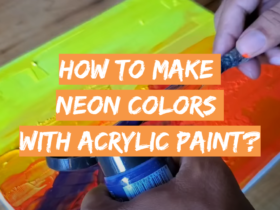
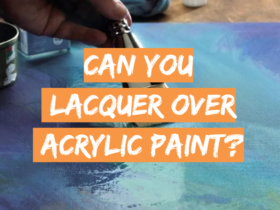
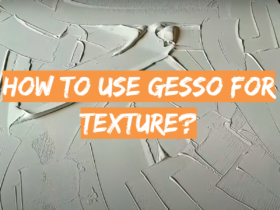
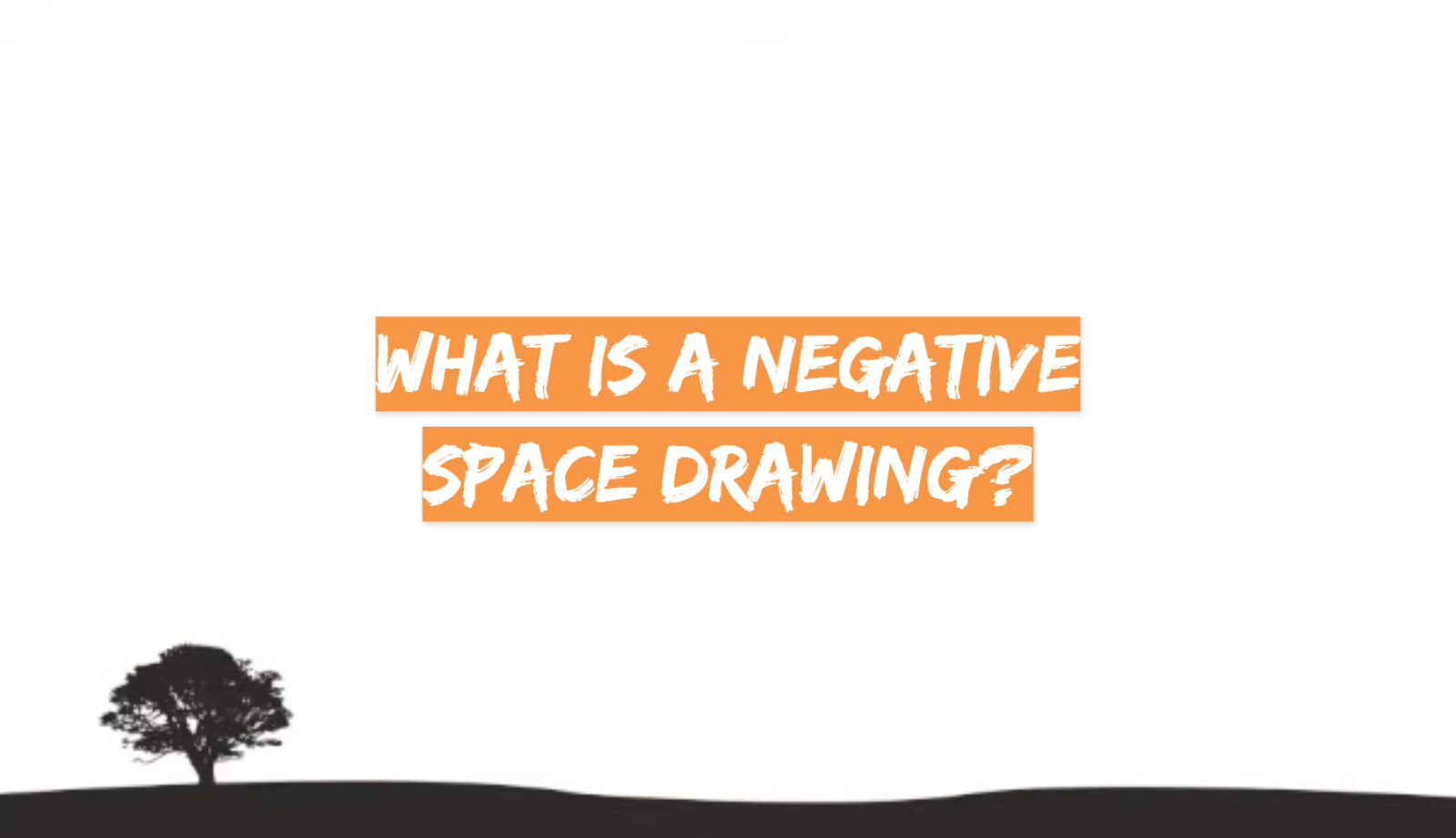
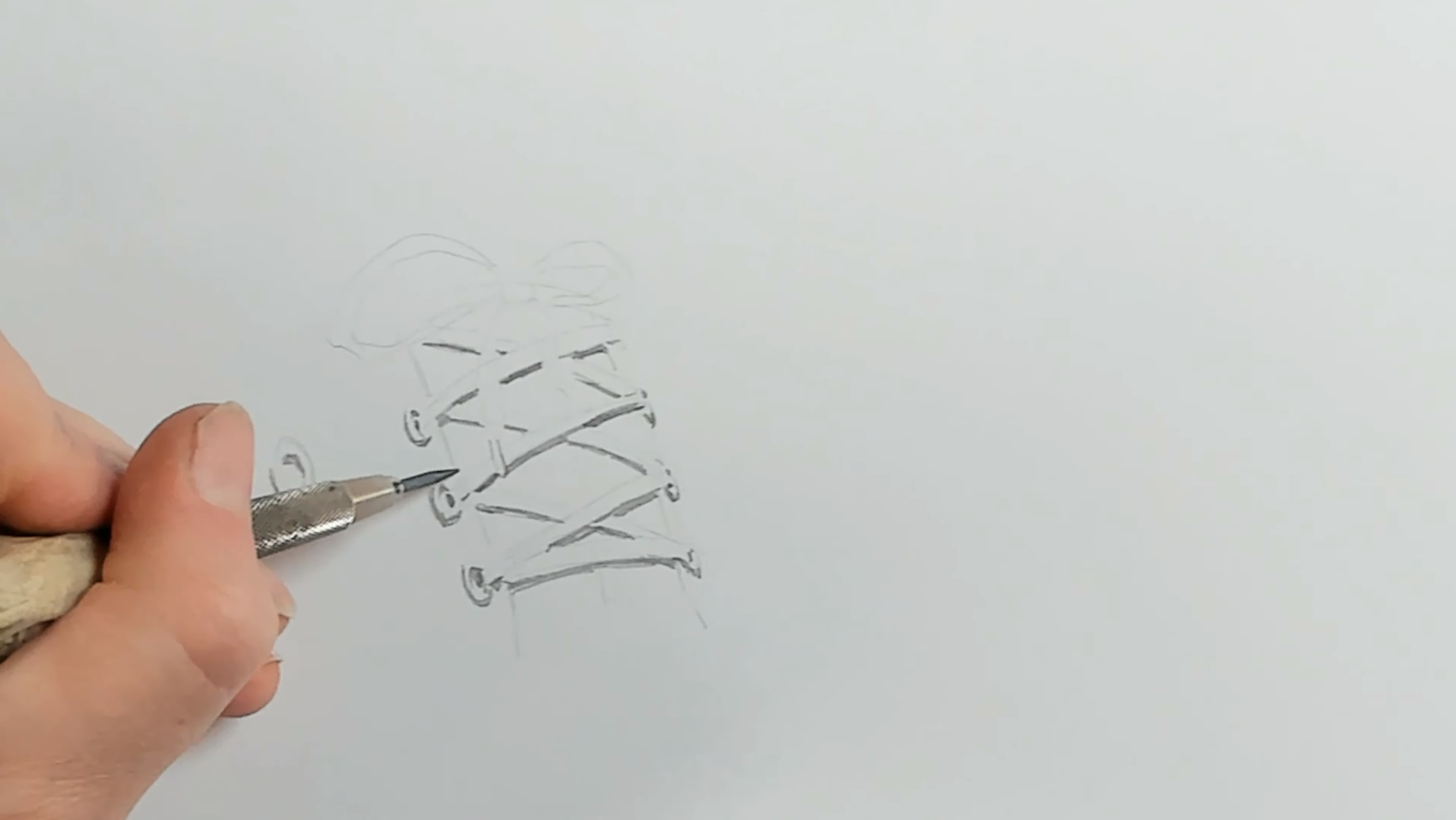
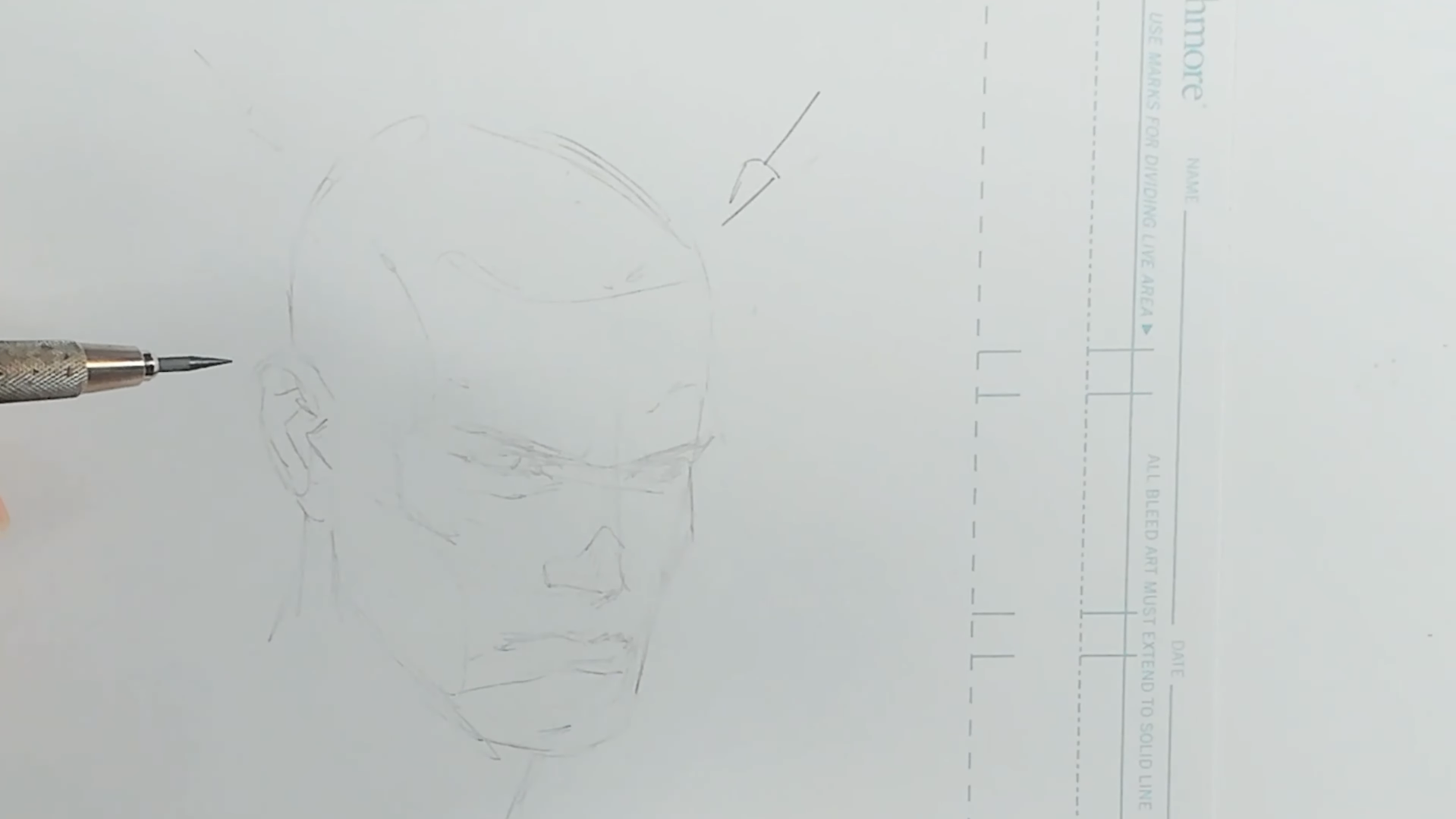
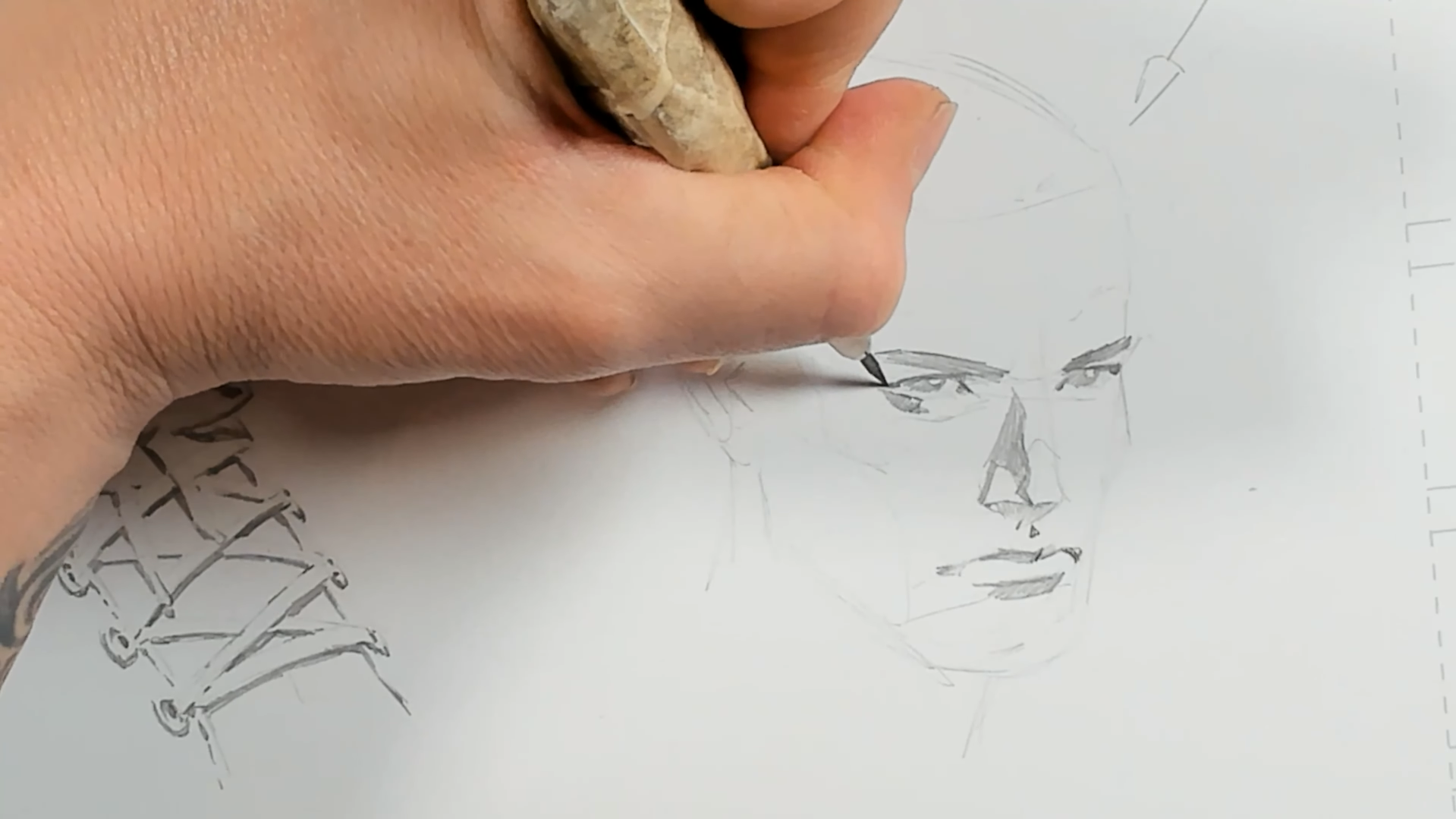
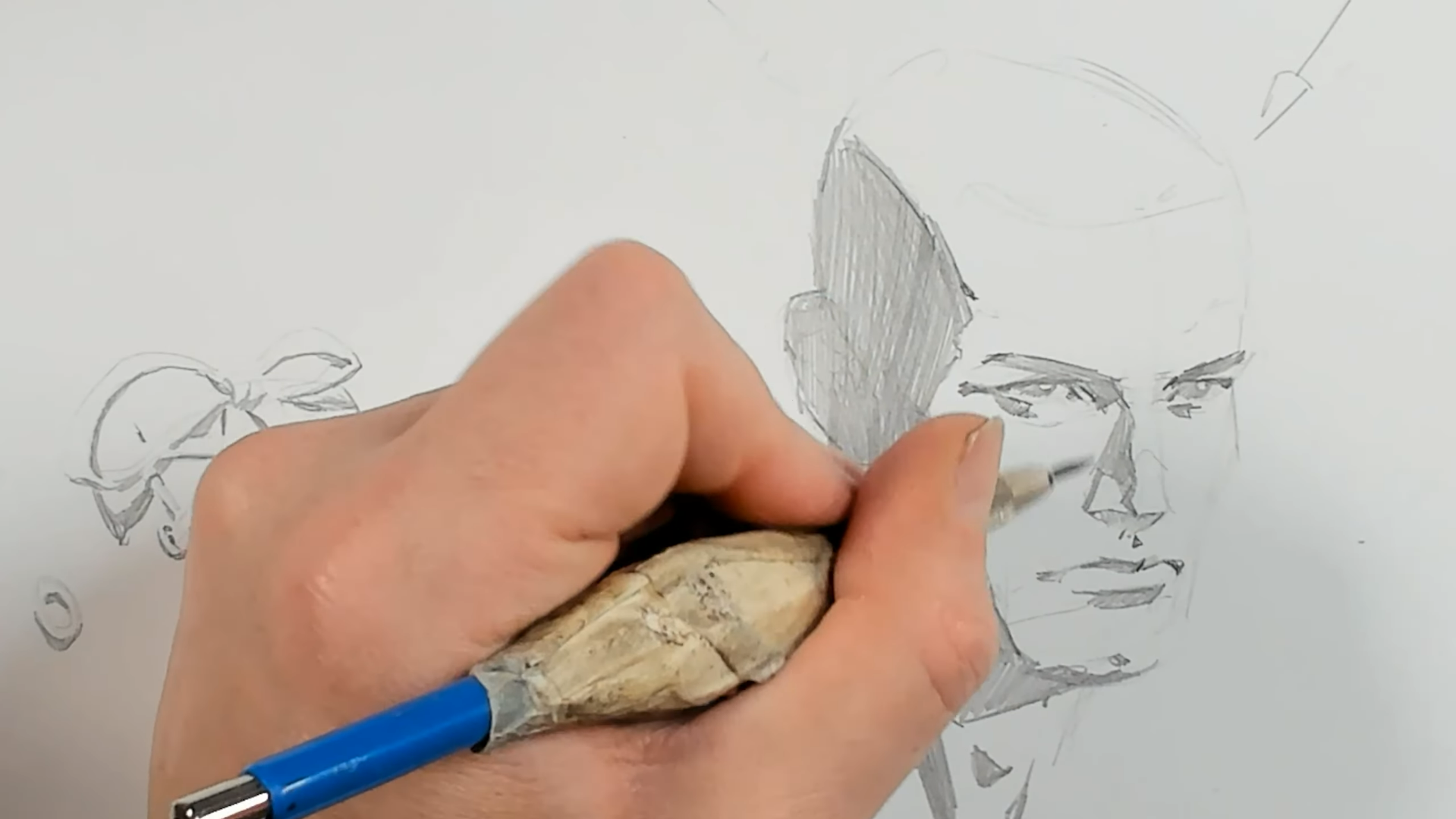
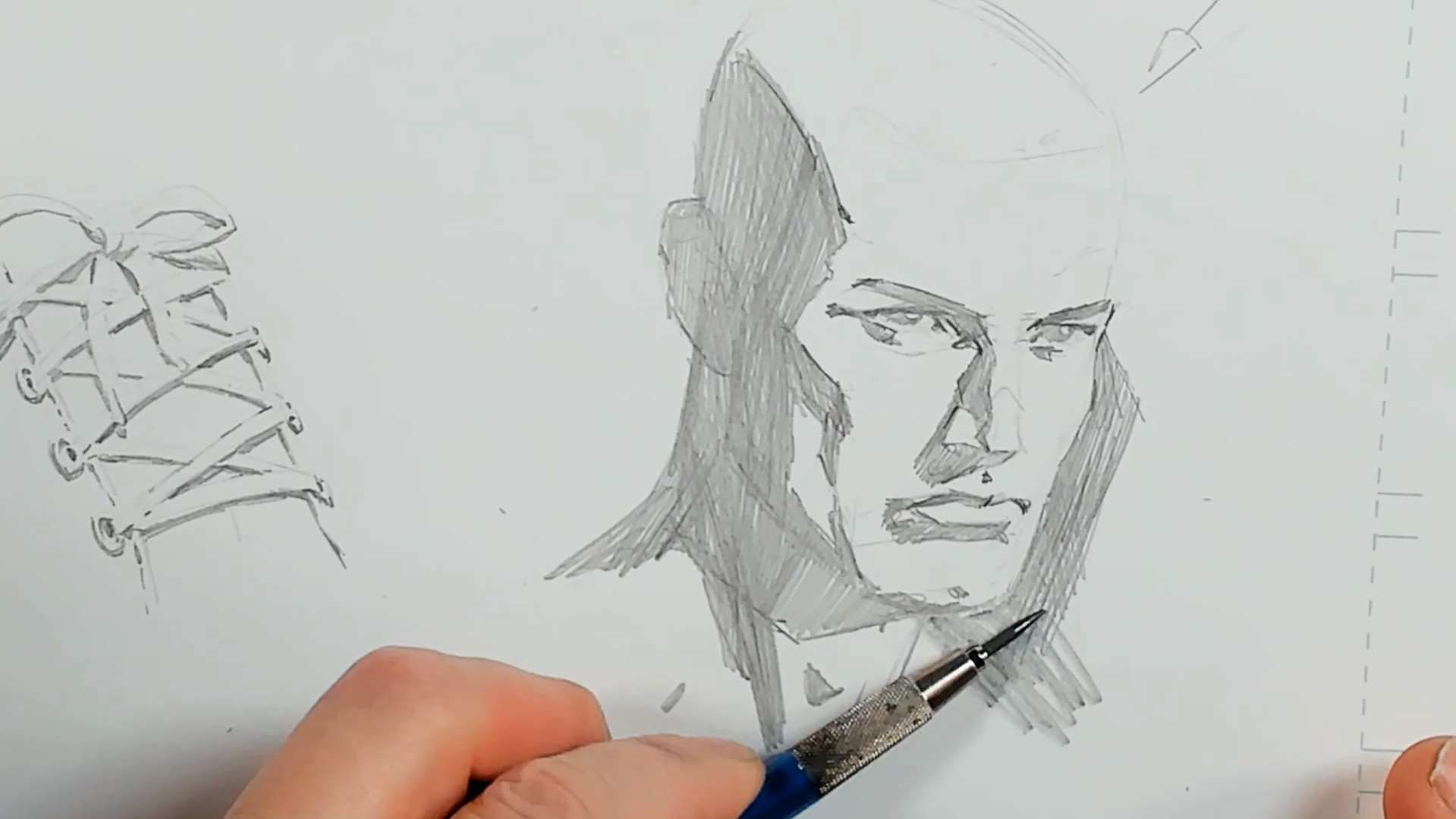
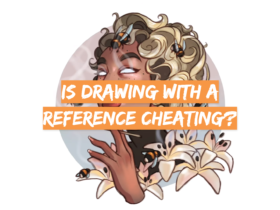
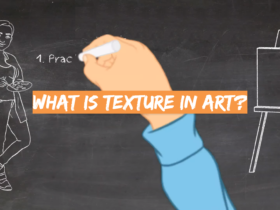
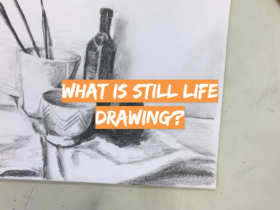
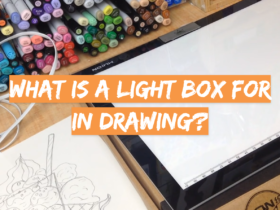
Leave a Review